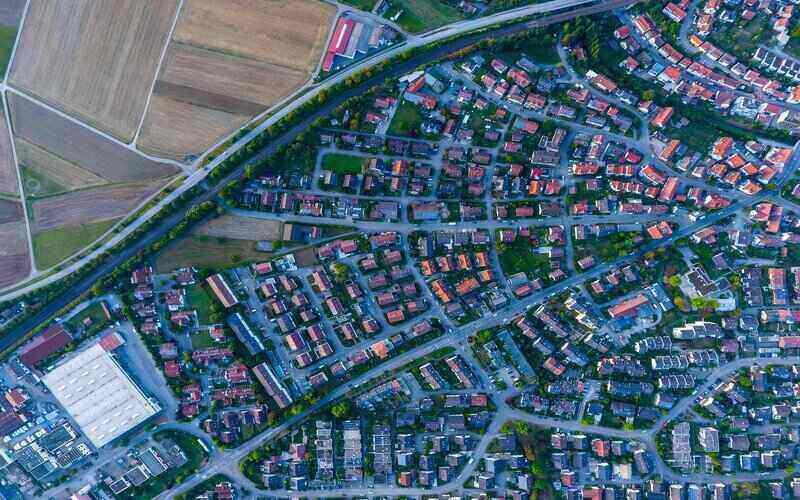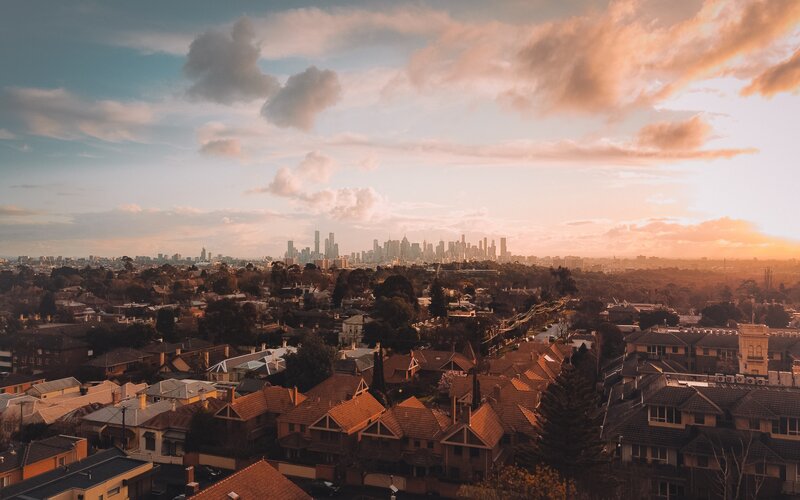Announced during the 2021-22 Budget Update and passed on 24 June 2022, state land tax for Queensland investors will now be calculated using the total value of a property owner’s Australian land.
For example, if John owned $300,000 worth of Queensland property, he would be exempt tax under the current scheme. However, under the updated laws, if John were to own $1 million worth of property in another state, he would be considered to own $1.3 million worth of taxable property.
When announcing the changes late last year, Queensland Treasurer Cameron Dick said the new measures would make the system “fairer and more equitable".
“This closes a loophole that is unfair on Queensland’s first home buyers,” Mr Dick said.
“At the moment, interstate property speculators can claim the tax-free threshold and take advantage of lower land tax rates in multiple states.
“That means these investors can amass multi-state portfolios that fall below the land tax threshold in any single state.
"Queenslanders, with their entire landholding in this state, can end up paying more tax than these interstate investors.”
Although the Queensland Government believes the new land tax legislation will help “tackle housing affordability,” many experts have criticised the change.
REIQ CEO Antonia Mercorella labelled the move from the Queensland Government as a “slap in the face” to the very sector that is propping up the economy.
“Property investors are tired of being the ATM for the state,” Ms Mercorella said.
“This is likely to have a detrimental impact on the appeal of investing in Queensland, particularly when you consider the cumulative effect of all the legislative reform investors are being hit with.”
Propertyology's Head of Research Simon Pressley echoed the same sentiment.
“The Queensland Government’s latest action is a shameful kick in the guts to the existing 400,000 Queensland property investors and countless others who live interstate while owning real estate assets in the sunshine state,” Mr Pressley said.
The new changes will take effect from 1 January 2023 and will be applied to land tax assessments in the 2023-24 financial year.
How much more will investors have to fork out?
To look into how this will affect investors, the Queensland Government analysed a case study.
Before the new land tax changes, an investor who owned land in Queensland with a taxable value of $745,000 would be charged $1,950 in annual land tax.
However, in June 2023, the investor now owns land in Victoria worth $1,565,000 which brings the total value of Australian owned land to $2,310,000.
So, under the new regime, the investors' new land tax bill would equal $8,422.37 as both properties are now included in the calculation.
What are the implications for investors and renters?
PRD chief economist Dr Diaswati Mardiasmo said the changes would further turn the screws on the state’s rental market, which is already grappling with a record-low rental vacancy rate.
“Combined with current increases in mortgage payments, council rates, property management fees and charges, cost of maintenance and repairs, and body corporate if applicable; this can be quite the blow on financial calculations,” Dr Mardiasmo told Savings.com.au.
“This will force investors to really look at the financial viability of their investments, to see if it is worth it.
“Options will be either increase the rent, enough so that it can cover costs, or sell the investment property.
“Either way, this will impact renters negatively – they will either be faced with higher rent or needing to find a new rental property.”
Mr Pressley agrees that further rental shortages are possible.
“At a time when the sunshine state already has its biggest-ever shortage of rental accommodation, it is likely that thousands of existing landlords will sell, thereby shrinking the size of the rental pool and leaving thousands of Queensland tenants with nowhere to live,” he said.
“According to data from SQM Research, the total volume of properties advertised for rent across the entire state at the end of July 2022 was only 5,019.
“The same time five years again where there were 400,000 fewer people living in Queensland, that figure stood at 22,298.”
According to Domain’s July rental vacancy rate report, Queensland’s vacancy rate in July sat at 0.6%.
Will Queensland see a downturn in investing?
Ms Mercorella said the sunshine state’s land tax regime could discourage investors from entering the region’s market.
“All this is doing is deterring people from investing in Queensland and instead, opting to invest where no multi-jurisdictional land tax applies,” she said.
Dr Mardiasmo said financial circumstances and changes in rental yields will determine whether investors enter or stay in the market.
“Investor financial commitments have been increasing in the past 12 months, with the proportion of it compared to owner occupiers increasing – this was fuelled by increasing rental yields and low vacancy rates,” she said.
“Land tax will change the rental yields, which is one side of the coin to the decision making, unless it can be recouped through rental income.
“So the dynamics between rental yield and vacancy rate will be quite a see-saw that can influence an investor’s decision making.”
Advertisement
Buying an investment property or looking to refinance? The table below features home loans with some of the lowest interest rates on the market for investors.
| Lender | Home Loan | Interest Rate | Comparison Rate* | Monthly Repayment | Repayment type | Rate Type | Offset | Redraw | Ongoing Fees | Upfront Fees | LVR | Lump Sum Repayment | Additional Repayments | Split Loan Option | Tags | Features | Link | Compare |
|---|---|---|---|---|---|---|---|---|---|---|---|---|---|---|---|---|---|---|
6.19% p.a. | 6.58% p.a. | $2,447 | Principal & Interest | Variable | $0 | $530 | 90% | Featured 90% LVR |
| |||||||||
6.29% p.a. | 6.20% p.a. | $2,473 | Principal & Interest | Variable | $0 | $0 | 80% | Featured Apply In Minutes |
| |||||||||
6.29% p.a. | 6.42% p.a. | $2,473 | Principal & Interest | Variable | $10 | $690 | 90% | |||||||||||
6.29% p.a. | 6.57% p.a. | $2,473 | Principal & Interest | Variable | $299 | $299 | 80% | |||||||||||
6.29% p.a. | 6.35% p.a. | $2,473 | Principal & Interest | Variable | $0 | $799 | 80% |
Image by Tara Winstead via Pexels

Ready, Set, Buy!
Learn everything you need to know about buying property – from choosing the right property and home loan, to the purchasing process, tips to save money and more!
With bonus Q&A sheet and Crossword!








 Denise Raward
Denise Raward
 William Jolly
William Jolly













